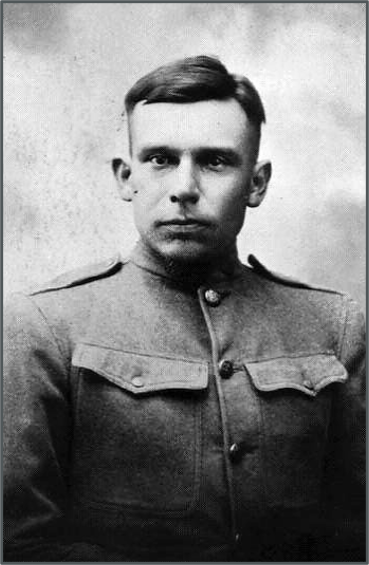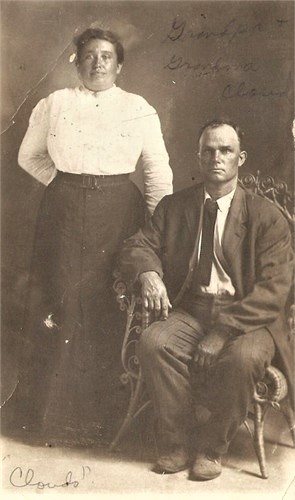By: Janine Cloud
Explore the fascinating intersection of genetics and heritage as we delve into the insights and possibilities of using DNA testing to trace Native American ancestry.
I know many people have the “my grandmother was a Cherokee princess” mythos, but so few have documentation. Never mind that Cherokees have never had princesses.
It’s understandable that many of those people turn to DNA testing to prove their Native American heritage. Some are disappointed when their myOrigins© results don’t include Amerindian ancestry, or if they do, it’s only a trace percentage.
Its difficult to prove Native American heritage using only DNA, but possible when approached with the correct tools. My journey will serve as an example as we discuss which tests to use.
I’ve always known I’m part Cherokee
My family’s story of being Cherokee comes with receipts. I am a registered citizen of the Cherokee tribe. My 13/128 blood quantum comes courtesy of my paternal grandfather, Joel Bryant Cloud, born May 10, 1888, in Stilwell, Indian Territory, nearly 20 years before Oklahoma became the 46th state.
Joel’s mother, Mary Jane Horn, was three-quarters Cherokee. Mary’s mother, Jane “Jenny” July, was full-blood and her father, John Horn, was half. It seems odd now to be talking about “blood” in this context, but that is the correct terminology, at least for now.
Joel’s father, Charles C. Cloud, was born in 1860 in West Plains, Missouri, and was one-sixteenth Cherokee, which he inherited from his mother, Martha Catherine Ward.
Charles’ father, James Monroe Cloud, testified before the Commission to the Five Civilized Tribes, also known as the Dawes Commission, that he was white. Despite that testimony, he was briefly included on the Cherokee Roll as Cherokee by blood. That error was soon corrected to “Citizen by Intermarriage,” but a short time later, he was removed from the Cherokee Roll and denied citizenship.
This action took place thanks to the Supreme Court decision in Daniel Red Bird v. U.S., which centered around non-Cherokee intermarried citizens and land allotments. The decision caused a bit of chaos for the Commission, which had to remove some people already notified of their acceptance and eligibility for a land allotment.
Note: Researchers should take care to look at all BIA documents for an ancestor whose pedigree may not be completely clear since their enrolled status may have changed, especially during 1907.
The History of Joel B. Cloud
My grandfather died right before I was born, so I never met him. I know that he left Oklahoma after his mother’s death in 1909 and got about as far away as he physically could. For the rest of his life, he reported his race as white or Caucasian on any document that required that kind of information.
He did not, as far as I can tell, attempt to claim land to which he would have probably been entitled based on the provisions of the Dawes Act, legislation that allotted land to individual tribe members from the shared land held by the tribe.
His sisters stayed on Cherokee lands; two of them married Chouteau brothers, descendants of the fur-trading family famous for founding St. Louis.
Unlike his sisters, my grandfather went west and north. He had a mechanical aptitude, so he easily found work wherever he went. In 1913, he married in Seattle. His marriage license lists his residence as Toppenish, Washington, which, oddly enough, is on the Yakima reservation. By 1915, he and his bride, Louise Saunders, were living in Montana, where they stayed until he enlisted in the Army in 1918.
Joel Moves to Texas
I have a gap in my information after his disability discharge in 1919. Since his older brother is on the 1920 census in Lewis and Clark County, Montana, I tend to think he was in that area, but I have not yet found documentation of that. He did, however, meet my grandmother, Gilletha Ethel Griffin, in Poteet, Texas. They married in San Antonio in November 1925, though even that was not without some measure of drama. His first wife went off to be a nurse in the war effort, or so my aunt said. Louise never returned, and after seven years, Joel had her declared dead so he would be free to remarry.
Of course, I have researched Louise to see if she simply took the opportunity to escape an untenable situation, but so far, I have been unable to find documentation of either her actual death or her returning to her family, who are from back East.
Traditional Genealogy vs Genetic Genealogy For Native American Ancestry
I’m grateful for the documentation of my Cherokee heritage, even though some of it is not easy to read. A close look at some of those documents provides glimpses of the status held by many Native Americans at the time. Many people don’t have that window into the past, though their ancestors almost certainly suffered the same treatment.
For those without documentation who turn to DNA testing, proving their descent from Native American ancestors is often difficult at best, and disproving it is almost impossible. Not only that, but even when test results do show Native ancestry, they rarely show tribal affiliation.
What makes it so challenging? Let’s have a look at the way DNA is inherited.
DNA Inheritance Patterns
There are three types of DNA tests, and each has a unique inheritance pattern. That pattern determines the ancestors with whom you can connect through DNA testing.
Mitochondrial DNA (mtDNA) – passes only from mother to child
- Connects to the mother’s mother’s mother’s line.
- Men have mtDNA, but their children do not inherit it from them.
- mtDNA haplogroups reveal the ancestral origins of that line.
- Only subclades—or subgroups—under haplogroups A, B, C, D, and X have origins in the Americas.
- If the Native American ancestry was not on the direct maternal line, it won’t show.
Y-DNA – passes only from father to son
- Connects to the father’s father’s father’s line.
- Women do not have Y chromosomes, so their children cannot inherit Y-DNA from them.
- Y-DNA haplogroups reveal ancestral origins of that line.
- Only specific subclades of haplogroups C and Q have origins in the Americas.
- If the Native American ancestry was not on the direct paternal line, it won’t show.
Autosomal DNA – passed 50% from each parent
- Unless they are identical twins, siblings do not inherit the exact same 50% as each other.
- Each parent gives to their children 50% of the randomly recombined DNA they inherited from their parents, who inherited 50% of the randomly recombined DNA of their parents.
- Children generally share about 25% of their DNA with each of their grandparents, but with each successive generation, the actual inherited percentage varies from the mathematical potential percentage inherited.
- For the purposes of population genetics, which provides information about where ancestors came from, individual data is compared to reference populations and matched to the reference or references the data most closely resembles.
- Ancestry-informative markers (AIMs), which provide information about where ancestors came from, are not inherited in exact ratios.
Applying Genetics to Your Genealogy Research
All those details about how DNA is inherited can be confusing, so let’s apply that information to my pedigree, which includes non-Native, mixed blood, and full-blood Cherokee ancestors.
My paternal grandmother’s family has no record of Native American ancestry and no family stories alleging it, so I did not include her ancestors.
Y-DNA Testing Did Not Confirm My Native American Origins
You can see from the pedigree chart that the potential for inheriting Native American Y-DNA is limited. Only one of the men in the generations shown was full blood Cherokee, Jane July’s father, July, who was born in about 1790. I would have to go back that far and try to determine whether he had any sons who could have male direct descendants living today. The challenge is that July was his only name, and I have yet to find any documentation that shows any other children.
The paternal lines of Charles C. Cloud, Charles J. Ward, and William McDaniel trace back to Europe, as do the paternal lines of John Horn and Charles R. Hicks. I know that the Cloud line haplogroup is R-BY177080, which confirms that my direct paternal line was not Native American in origin.
mtDNA Testing Did Confirm a Native American Haplogroup
You might think that mtDNA would be easier to use in showing Native ancestry, but a glance at my pedigree chart shows that may not always be the case.
-
- My father’s mother, Ethel, was not Native American. Her mtDNA haplogroup is H1, and not a known Native American haplogroup, so testing any of her children for mtDNA is out of the question.
- Charles Cloud inherited mtDNA from his mother, but since he was male, he couldn’t pass on his mtDNA to his children. The same is true for John Horn and Charles J. Ward.
- Martha C. Ward inherited her Cherokee ancestry from her father, who could not give her mtDNA, so her daughters would not carry that signature.
- Catherine McDaniel, my father’s 3x great-grandmother, had three daughters. I would have to trace those children to see if any living descendants trace back along that maternal line.
Mary Jane Horn, my father’s paternal grandmother, was three-quarters Cherokee. Her father, John, was half Native American, and her mother was full blood. Mary’s mtDNA was Native American in origin. She was a widow when she married Charles C. Cloud in 1882, who was 10 years her junior.
She had four daughters, three with Charles and one with Solomon Townsend, her first husband, who was half Delaware, a tribe that leased land from and was often adopted into the Cherokee tribe.
Sarah Jane Townsend married Charles’ younger brother James Loamner Cloud in 1906. They had eight sons and one daughter.
Sarah’s one daughter also had daughters. (Mary’s great granddaughters)
Fortunately, one of the daughters of Sarah’s granddaughter also had a daughter (Mary’s 3x great granddaughter) who tested at another company and showed up as a match to me there.
She graciously agreed to transfer her autosomal file to FamilyTreeDNA and take the mtFull Sequence test.
Her results came back with haplogroup B, which is one of the Native American haplogroups.
Autosomal Inheritance Did Not Confirm My Native American Ancestry
With all those recently documented Cherokee ancestors, you might assume that autosomal DNA would be a slam-dunk for showing Native ancestry, but that’s not quite true. We get half of our DNA from each parent, and they get half from their parents. But the segments that are passed down are random, and the potential to inherit from specific ancestors is cut in half with each generation you go back. This is known as random recombination.
I was able to test my uncles, who by blood quantum are 13/64ths, which is about 20%. Here’s what they actually inherited:
I should be approximately 9.8% (13/128ths), as should my half-siblings. Their mother has no documented Native American ancestry. No company puts my Amerindian percentage that high.
My half-sister has only tested at FamilyTreeDNA and comes out at less than 1%. That’s me on the right and her on the left. We’re tribal citizens. Our great-great grandmother was a full-blooded Cherokee, and our great-great-grandfather was half Cherokee, but because of random recombination, we show very little of those ancestors in our DNA.
Which Test Should You Use?
Unless Native American ancestry is along the tester’s direct maternal or direct paternal line, Y-DNA and mitochondrial DNA will be of no use in showing it.
Autosomal DNA may show Native American ancestry, but it depends on how many generations back the full-blood Native American ancestor(s) lived. If that ancestor is at the second-great-grandparent level or closer, chances are good that the ethnicity estimates will show it, though no tribal affiliation can be determined at this point in the development of the science.
Finding the right people on your line to take the test that fits them can increase the chances of proving Native American ancestry via DNA testing.
Resources
-
- Native American Y haplogroups are, broadly, C and Q, though not all subclades are Native. Several pieces on C and Q are linked in Roberta Estes’ blog DNA-Explained
- Native American mtDNA haplogroups are, broadly, A, B, C, D, and X.
- National Archives Native American Heritage
- National Archives Dawes Rolls
- Information on the Dawes Rolls – U.S. Department of the Interior
- Guide to Tracing Your American Indian Ancestry
- Certificate Degree of Indian Blood (CDIB) Application & Instructions
- Indian Entities Recognized by and Eligible To Receive Services From the United States Bureau of Indian Affairs
- Tribal Leaders Directory
About the Author
Janine Cloud
Janine Cloud became interested in genealogy when a grade school assignment to complete a pedigree chart prompted her to begin questioning family members about her ancestors. She began working at FamilyTreeDNA in 2011, where she created the Group Projects team to assist Group Project Administrators and group project members. Janine is also the event coordinator, handling arrangements for all the events and conferences that FamilyTreeDNA supports. She is a fifth-generation Texan, and a registered member of the Cherokee Nation.

About the Author
Janine Cloud
Group Projects Manager
Janine Cloud became interested in genealogy when a grade school assignment to complete a pedigree chart prompted her to begin questioning family members about her ancestors. She began working at FamilyTreeDNA in 2011, where she created the Group Projects team to assist Group Project Administrators and group project members. Janine is also the event coordinator, handling arrangements for all the events and conferences that FamilyTreeDNA supports. She is a fifth-generation Texan, and a registered member of the Cherokee Nation.










Great article, Janine. My maternal grandmother always insisted that she was part Shawnee (her family had been in KY near the Ohio River for several generations). Even though I have some olive skinned close kin with brown eyes, I never could prove anything. All census records showed my ancestors as white (or passing). Yet my DNA shows me at 0.4% Native American. I am a biologist and already understood that genes don’t sort mathematically. My daughter only shares 20% of her genes with my mother, which I thought was a pretty big reduction. My DNA is almost exactly 50% from my mom.
We also show trace North African and Subsaharan African DNA. I’ve often wondered whether all the trace DNA came from one common lineage, since Cherokees owned black slaves once upon a time, too.
I don’t know that DNA will ever sort it out. I have colonial ancestors from NY down to NC before they started heading west into KY and TN.
But I never would have thought that someone with 9.8% known ancestral blood could have less than 1% Amerindian DNA. So perhaps I do have some indigenous ancestry, and Grandma wasn’t just full of it!
I’m 28.8 percent NA and of course quite curious. Everyone who could tell me more has passed away. Sigh!
This was so cool to read, my great grandfather is Charles Monroe Cloud. I too have always known I was Cherokee just never to what percent. Thanks for the insight